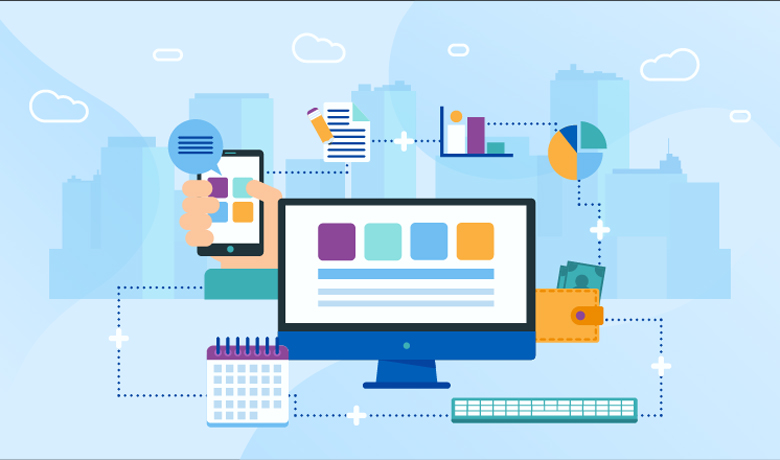Enterprise Integration
What is enterprise integration?
Enterprise integration is the use of multiple integration approaches, including API management, application integration and messaging to leverage enterprise services and assets in order to expose them as APIs or connect them as services. This enables organizations to seamlessly integrate, unify and standardize core business capabilities across diverse IT environments. Specifically, enterprise integration enables you to easily do the following:

- Discover valuable services, applications and data
- Access and expose application functions via APIs
- Connect multiple enterprise services
- Monitor application lifecycles and governance
Why is enterprise integration important?
Overall, enterprise integration is key to the enhancement of internal processes and business activities as well as the conceptualization, implementation and distribution of critical applications. By sharing important information, simplifying processes and maximizing opportunities, companies can improve their operational scalability and increase their reach and revenue.
Sharing critical information
Enterprise integration eases the flow of data within complex information and operating systems by providing a middleware layer to act as the common interface between each separate application, system and service. It simplifies data exchange between various applications and amongst multiple users who rely on said data, making it easy for an application developer to exchange data or expose interfaces without having to understand the other applications and systems, know where they are running or predict what could go wrong.
Simplifying IT processes
Enterprise integration enables seamless collaboration, combining functionality and information exchange across multiple applications. Their interconnection helps simplify IT processes in a manner that makes life easier for users and organizations. Specifically, it enables users to access data faster, and it helps IT organizations efficiently streamline data integration and services. This simplification modernizes the creation and use of enterprise integration patterns like gateway services, message queues, file transfer and enterprise service bus (ESB) by enabling them to be built, deployed, operated and maintained through agile and automated processes.
Maximizing opportunities
Enterprise integration also helps teams work proactively to take advantage of new or changing business needs and opportunities. By gaining control of all data access points, teams can quickly identify and adjust to time-sensitive events like unexpected policy shifts or new application management procedures without needing to change the applications themselves. Ultimately, by addressing their integration needs, teams become empowered to devise, implement and streamline multiple integration solutions by leveraging a common approach for collaboration and information exchange.
What are the key elements of enterprise integration?
- Application programming interfaces (APIs) process data transfers between different systems. Situated between an application and web server, they enable companies to share the data and functionality of their applications with third-party developers, business partners and internal departments. With APIs increasingly used to access and expose real-time data, this can be extended to more sources, such as data published as events.
- Application integration is the enablement of individual applications — each designed for a specific purpose — to work collaboratively. By making it easier to share data and combine workflows and processes, organizations can benefit from integrations that modernize infrastructures without rework. Furthermore, application integration helps on-premises systems and cloud-based enterprise systems like CRMs and ERPs interact successfully without major changes to existing applications.
- Messaging helps provide resilience and performance to IT environments spanning cloud and on-premises systems. Messaging must cross network boundaries to provide reliable delivery while preserving network-wide message integrity, data protection and regulatory compliance via security-rich functions.
- Events are records of action or change. When one application or service performs an action or undergoes a change relative to the functionality of another application or service, the first one publishes an event. Other applications or services can detect the event publication. They can then process the event, perform one or more reciprocal action or simply ignore the event.
- Data, specifically real-world operational data, enables continuous improvement (CI) of enterprise architecture. Data is also used to assess the criticality and usage of integrations and determine their target state. When analyzed, data reveals recommended target integration patterns (e.g., service-oriented architecture (SOA), event-driven, message-driven, etc.), consolidation possibilities and other inputs that help define the target integration state.